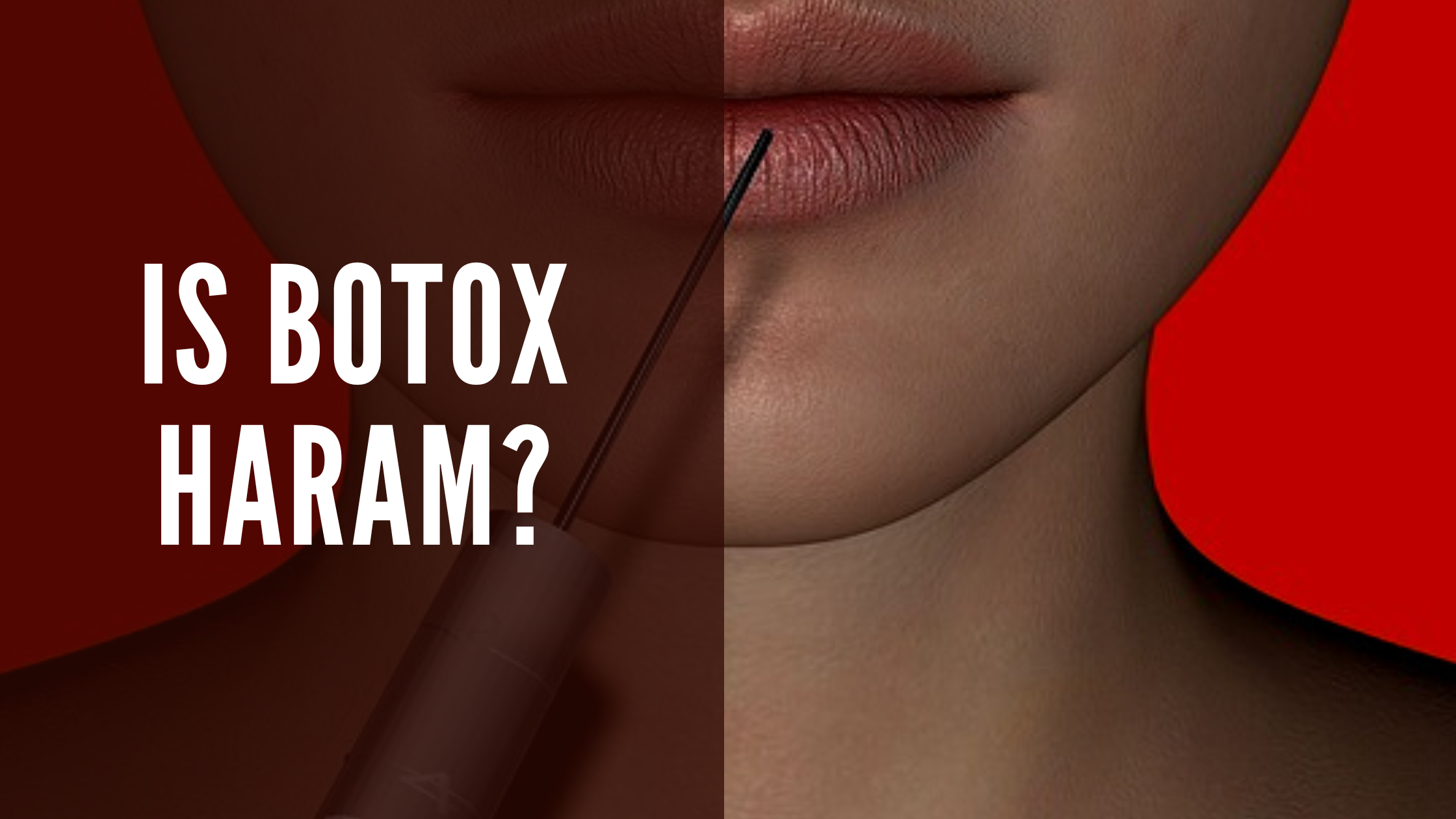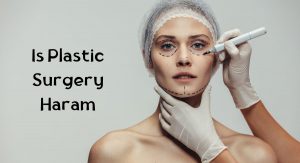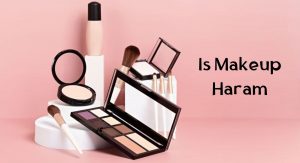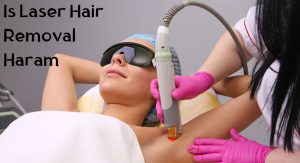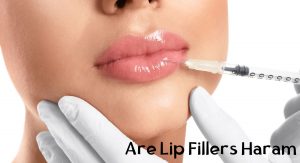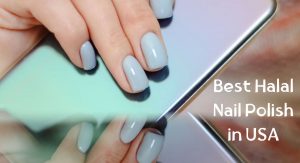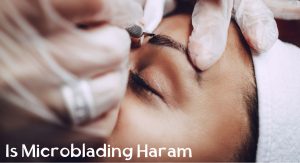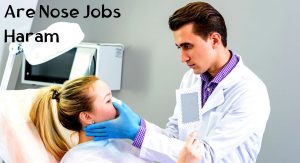Botox, a popular cosmetic procedure known for reducing the appearance of fine lines and wrinkles, has become a topic of interest and debate within various religious communities, particularly among Muslims.
As the Islamic faith places a strong emphasis on modesty and adhering to certain principles regarding alterations to one’s body, many question whether Botox injections align with these teachings.
In the “Is Botox Haram?” article, we will delve into the intricacies of Islamic jurisprudence, exploring scholarly opinions and interpretations, to determine the stance on Botox and its permissibility within the realm of Islam.
What is Botox
Botox is a drug that is made from a toxin produced by the bacterium Clostridium botulinum. It is commonly used for cosmetic purposes to reduce the appearance of wrinkles and fine lines by temporarily paralyzing the facial muscles that cause them. Botox injections work by blocking nerve signals to the muscles, which prevents them from contracting and forming wrinkles. The effects of Botox typically last for three to six months, after which the treatment can be repeated if desired.
In addition to its cosmetic uses, Botox is also used for medical purposes to treat various conditions such as chronic migraines, excessive sweating (hyperhidrosis), muscle spasms, and overactive bladder. It can also be used to correct facial asymmetry and drooping brows, as well as to provide a non-surgical brow lift.
While Botox is generally considered safe when administered by a trained professional, it does carry certain risks and side effects. These may include bruising, pain at the injection site, headache, temporary drooping of the eyelid or eyebrow, and allergic reactions. It is important to consult with a qualified healthcare provider before undergoing Botox treatment to determine if it is suitable for you and to discuss potential risks and benefits.
Is Botox Haram
According to Islamic teachings, the use of Botox falls under the category of what is considered haram. This is because it is seen as altering and changing the natural creation of Allah. Islam encourages individuals to focus on developing their inner beauty rather than prioritizing their outward physical appearance.
However, some scholars argue that Botox may be permissible if it is free from harm. They base this opinion on the principle that there should be neither harm nor reciprocating harm, as stated by the Prophet Muhammad. If Botox is not harmful and is used for a genuine medical need, it may be allowed in certain circumstances.
It’s important to note that the permissibility of Botox can vary among different Islamic scholars and communities. It is recommended to consult with a knowledgeable scholar or seek religious guidance before making a personal decision on this matter.
Uses of Botox
Using Botox for medical purposes goes beyond its well-known cosmetic uses. Botox injections, or shots that use a toxin to temporarily prevent a muscle from moving, have multiple surprising applications. Here are some of the uses of Botox that may surprise you:
- Wrinkle reduction: Botox injections are commonly used to smooth wrinkles on the face, such as crow’s feet and forehead lines. The toxin freezes the muscles responsible for these wrinkles, resulting in a smoother appearance.
- Neck spasms: Botox injections can be an effective treatment for neck spasms, also known as cervical dystonia. The injections help relax the muscles in the neck, reducing the severity of the spasms and relieving pain.
- Sweating: Botox injections can be used to treat excessive sweating, a condition called hyperhidrosis. The toxin blocks the nerves that stimulate sweat glands, reducing sweat production in the treated area.
- Lazy eye: Botox injections can be an alternative treatment for lazy eye, or amblyopia. By temporarily weakening the stronger eye muscles, Botox can help improve the alignment of the eyes and promote better visual development.
- Overactive bladder: Botox injections can be used to treat overactive bladder, a condition characterized by frequent and urgent urination. The toxin is injected into the bladder muscle, relaxing it and reducing the urge to urinate.
- Migraines: Botox injections can help prevent chronic migraines, which are defined as headaches that occur more than 15 days per month. The toxin is injected into specific head and neck muscles, reducing the frequency and intensity of migraines.
- Muscle spasms: Botox injections can be used to treat muscle spasms in various areas of the body. This includes conditions such as blepharospasm (involuntary blinking of the eyes), dystonia (uncontrolled muscle contractions), and spasticity (stiffness and tightness of muscles).
- Strabismus: Botox injections can be used to treat strabismus, a misalignment of the eyes. The toxin weakens the muscles that pull the eyes in different directions, helping to realign them.
- Teeth grinding (bruxism): Botox injections can help reduce teeth grinding, a condition known as bruxism. The toxin is injected into the jaw muscles, relaxing them and preventing excessive clenching and grinding.
- Excessive drooling: Botox injections can be used to treat excessive drooling, known as sialorrhea. The toxin is injected into the salivary glands, reducing saliva production and helping to control drooling.
These are just some of the surprising uses of Botox beyond its cosmetic applications. It’s important to note that Botox injections should always be performed by a qualified healthcare professional, and potential risks and side effects should be discussed with a healthcare provider before undergoing treatment.
Frequently Asked Questions
1. How long does botox last?
Botox typically lasts between 3 to 6 months, depending on various factors like the individual’s metabolism, the area treated, and the dose administered. As the effects begin to wane, muscle activity will slowly return, leading to the reappearance of lines and wrinkles. However, they often return less pronounced than before, as the muscles have been trained to relax over multiple treatments. Some people find that after several sessions, they can extend the interval between treatments.
2. What are the side effects of botox injections?
Common side effects of Botox injections include: bruising or pain at the injection site, headache or flu-like symptoms, droopy eyelid or cockeyed eyebrows, crooked smile or drooling, eye dryness or excessive tearing, etc. Rare but serious side effects can include difficulty breathing, swallowing, or speaking, which can be life-threatening. It’s essential to consult a medical professional if any unusual or severe side effects are noticed.
3. Is botox permanent?
No, botox is not permanent. The effects of Botox injections typically last for about three to six months. During this time, the Botox will help reduce the appearance of wrinkles and give your skin a more youthful and vibrant look. However, as the effects wear off, the muscles will gradually regain their ability to create wrinkle-forming expressions, and the wrinkles will start to reappear.
4. Is botox painful?
Botox injections are typically quick and cause minimal discomfort. The needles used are very fine, which reduces the sensation of pain. While the sensation is often described as a slight pinch, individual pain thresholds can vary. To ensure comfort, some clinics offer to numb the area with a topical anesthetic or ice before the procedure.
5. How can you tell if someone has botox?
Spotting Botox treatments can be a bit of a guessing game, especially when done subtly and professionally. Signs might include areas of the face that are exceptionally smooth, lack of wrinkles when expressing emotions, or areas where muscle movement seems restricted. However, the goal of many Botox recipients and their practitioners is to achieve a natural result, which can be indistinguishable from an untreated face.
6. Can Botox go wrong?
Yes, like any cosmetic or medical procedure, there can be complications or undesired outcomes. The skill of the practitioner plays a significant role. Issues might arise from incorrect dosages, injection at the wrong site, or the spread of the toxin to adjacent muscles. This is why it’s crucial to consult with experienced professionals who have a proven track record of successful treatments.
